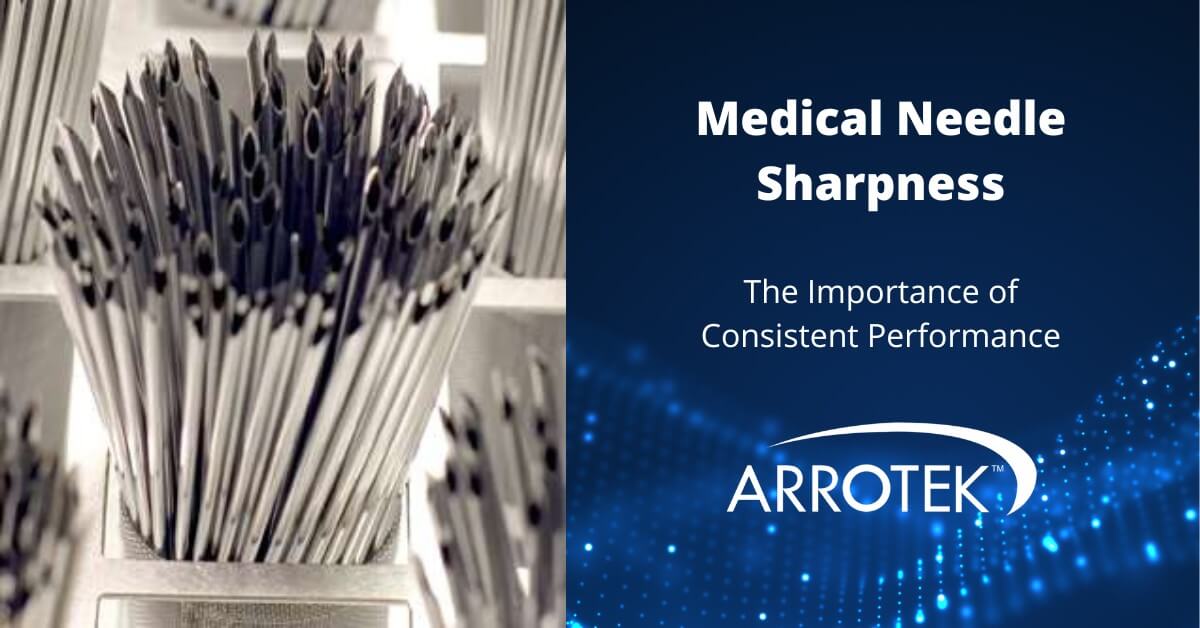Braiding is an essential component in many minimally invasive medical devices, including some of the most advanced interventional and diagnostic catheters. Medical device braiding is also used in positioning devices, occlusion devices, expandable delivery sheaths, and more. As it’s an essential component, designing medical device braiding is an important part of the new product development process.
Braiding is essential because it creates a more robust, reinforced structure that enhances key performance characteristics, including kink resistance, torque control, and flexibility.
The design and specification of braiding for medical devices can vary depending on specific requirements. The main elements to consider include:
- Materials
- Wire diameter
- Braid pattern
- Pick count
- Device-specific requirements
Medical Device Braiding Design Considerations
Materials
Nitinol and stainless steel are commonly used to manufacture medical device braiding, but polymers are also possible options for certain types of medical devices. The factors to consider when deciding on braiding materials include the strength and flexibility of the material, as well as its biocompatibility and the way the material interacts with other layers and components of the device.
Wire Diameter
Medical device braiding is manufactured by intertwining multiple strands of wire into a pre-determined pattern. The diameter of the wire impacts the braiding’s profile, i.e., a larger diameter wire will produce braiding with a higher profile. This also influences the robustness and strength of the braiding, as well as its flexibility.
In simple terms, a thicker wire will produce stronger braiding, but this could be at the expense of flexibility. The profile of the braid is also likely to be larger, increasing the overall diameter of the component and medical device.
Braid Pattern
There are several different patterns that can be used to manufacture medical device braiding. The main performance characteristics of braiding – kink resistance, torque control, and flexibility – can all be influenced depending on the braid pattern.
Medical device braiding doesn’t need to be limited to one pattern, however, as it’s also possible to create braid over braid, coil over braid, and braid over coil designs (coiling is another option for producing a reinforcing layer in minimally invasive medical devices).
In other situations, braiding can be designed to include transitions along the length of the component, e.g., braid-to-coil transitions.
Pick Count
Pick count refers to the density of the medical device braiding pattern. A higher pick count produces a denser pattern that typically improves torque control. A lower pick count may not offer as much torque control, but flexibility is likely to be improved.
Device-Specific Requirements
Various device-specific factors might need to be considered depending on the product that is being designed. Examples include braid ends that facilitate atraumatic access, the ability for braiding to expand, a requirement to cover the braiding, or braiding with variable diameters along its length.
Designing Braiding for Your New Medical Device Product
At Arrotek, we have extensive experience designing and specifying braiding for minimally invasive medical devices, including interventional and diagnostic catheters. We also have on-site manufacturing capabilities including modern, high-quality equipment and skilled production teams.
Our design services cover all aspects of medical device product development, and our offering is flexible so it can be tailored to your requirements. Please contact us in the strictest confidence to discuss your product idea.





